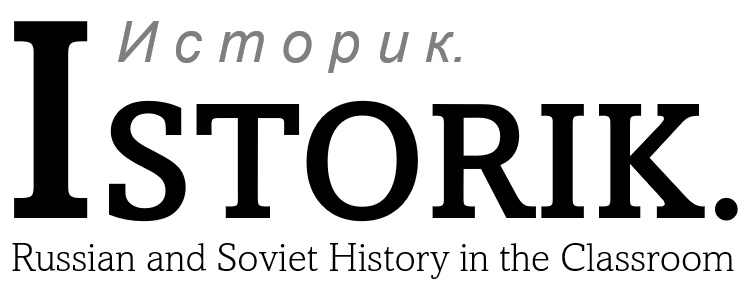There’s an intangible challenge to teaching History that seems distant and unrelatable today. We can give students the facts, assess and test them for knowledge, and ask them about their causes, consequences, significance, etc.
But when all’s said and done, do they know what it was really “like” at the time?
Revolution and Emotion
Apart from
anything else, revolutions are emotional events. Descriptions of demonstrations,
meetings, and rallies from Russia in 1905 or 1917 make clear the heightened
sense of urgency, excitement, anticipation, and often frustration and anger
that people “on the street” felt.
This is not really a call to encourage students’ “empathy” in thinking about History. I’ve never been terribly comfortable with approaches that get students to “imagine” what it was like to be at another point in time, not least because we ourselves often just don’t know enough about the past and people who inhabited to do so properly. As historian Norman Davies once put it, the idea of “historical empathy” can mean that “students are sometimes in danger of having nothing but their teacher’s prejudices on which to build an awareness of the past.”
That doesn’t
mean, however, that we can’t observe empirically what the emotions of
revolution meant to people at the time. More importantly, by engaging with
carefully selected sources from the time, we can enable our students to do the
same.
Revolution and Song
One of the
most striking ways the emotionally charged atmosphere of revolution was conjured
and captured for prosperity is in the songs sung on the streets of Russia. In a
fantastic book from 2015 on what she terms the “culture of revolution”, Deborah Pearl points
to songs as "a collective, performative act [...] evoking memory, emotion, and solidarity."
At the time
I read Deborah Pearl’s book, I was becoming increasingly convinced through my
own research that songs, and contemporary accounts of them, could unlock an
emotional dimension to revolutionary events. I was looking particularly at
revolutionary events in the Siberian city of Krasnoiarsk, where workers
and soldiers had briefly overthrown Tsarist authority in 1905. Here, newspaper
and archival documents spoke frequently of songs sung on the streets, including
the inspiring and uplifting Marseillaise and the reflective, mournful,
yet defiant You Fell a Victim.
 |
| Krasnoiarsk (central in Siberia, part of Eniseisk Guberniia) in the Russian Empire c. 1905 |
Twelve years later, in Petrograd, the American journalist John Reed would be engulfed in the emotional renditions of revolutionary song at the Second All-Russian Congress of Soviets:
Interpreting Song in the Classroom
Using
accounts John Reed’s account might give students an insight into the emotional
atmosphere of the Russian revolution. The songs themselves, however, might also
be used as a stimulus to identify the nature of the emotions they engendered.
Lyrics and
recordings of both can be found online at Marxists.org, here. It’s worth pointing
out that these recordings were not from the Second Congress of Soviets in 1917
(clearly, a full orchestra or professional choir would not usually have accompanied
impromptu renditions on the streets or in a political meeting). But the lyrics
(although in translation) would have been largely the same and carried huge
significance to those singing them.
Try playing
clips of the two songs to students before they see the lyrics. Can they tell
which song is which, just from the melody and harmony? Why?
Then, ask
them to look at the lyrics. What messages to these seem to convey?
Students should
then be in a position to make a good stab at the bigger questions. Why were
songs sung at revolutionary events like this? What motivated participants to
sing them, and why might the songs themselves have motivated participants in
turn? Why the variation in songs sung? What, overall, is the significance of
song in a revolution?
A simple
lyric sheet for classroom use can be found on the Google Drive here.
* judging by
the lyrics he quotes, John Reed’s “Funeral March” appears to be the same song as You
Fell a Victim.






No comments:
Post a Comment